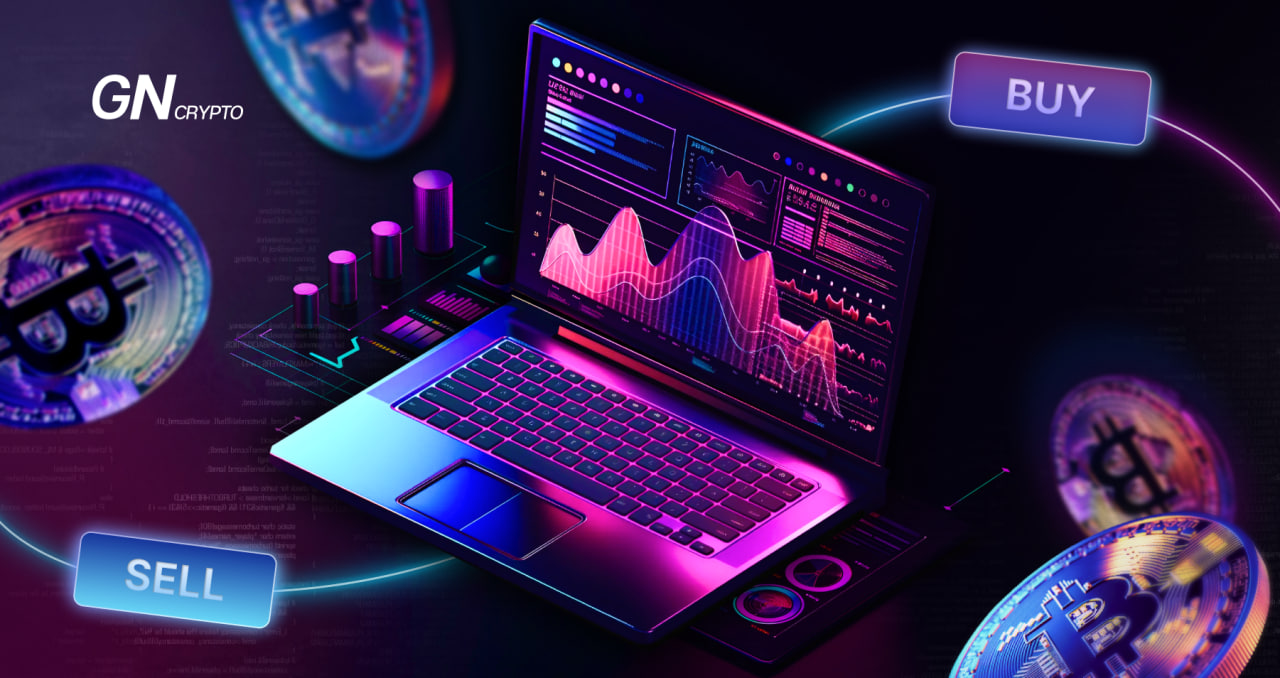What Is MEV and How It Impacts Blockchain Transactions

MEV (Maximum Extractable Value) is a key concept in the crypto industry. Often described as the “invisible tax” or the “dark forest of DeFi,” it represents a complex financial process. MEV is generated as a result of prioritizing transactions that pay higher fees. In this article, we will define what MEV is and explore its impact on transaction costs.
On this page
What Is MEV?
In blockchain, when you want to make a transaction, first you send a request to the network. Your request goes to a place, called the mempool before getting confirmed. Block producers, miners for Proof of Work Networks, or validators for Proof of Stake Networks, pick transactions from the mempool, and decide their order. They are financially encouraged to participate in the network and earn profits from transactions. This is where the concept of MEV starts.
The order of transactions in mempools can be seen through blockchain explorers. Crypto traders often scan mempools to bid higher for transactions and bring their requests forward. Suppose there’s an opportunity to make a profitable transaction. A trader will pay a higher fee for the miner to pick their request first. Otherwise, waiting for confirmation can cost a lost chance.
MEV is the value that can be extracted by reordering transactions within a block and using trading strategies to maximize profits.
An illustration of how validators utilize MEV. Source: info.etherscan.com
The concept of MEV has changed over the years. Initially, it was termed Miner Extractable Value, describing the technical process through which miners could profit. However, changes in blockchain structures like Ethereum’s switch to a Proof of Stake consensus model and the emergence of new trading techniques have enabled market participants to profit from MEV strategies.
How Can MEV Impact Your Blockchain Transactions?
MEV raises concerns for blockchain users. It can lead to high fees, or cause a transaction’s delay or failure. A high volume of bids sometimes results in scalability issues, like in the case of popular NFT auctions. Beyond that, different bots use MEV strategies to manipulate market prices. Bots can monitor large transactions that appear in the mempool and use the received data to their benefit. Popular strategies to do so include front-running and sandwich attacks. As market prices depend on demand and activity, detecting a large pending transaction that can result in a price increase, a front-running bot aims to get ahead of it. This way it makes a transaction before prices go up. In sandwich attacks, a bot places both buy and sell orders before and after a target transaction to profit from the resulting price difference. Bots target small transactions too as a part of their trading strategy.
Is There a Way to Reduce the Negative Impacts of MEV?
Different approaches can help you reduce the potential impact of MEV bots on your transaction. One of them is checking gas fees before sending your transaction request. Watch for pending transactions to understand the network activity level. Identify accounts that may attempt to front-run yours. Then, adjust your fee accordingly.
Consider using DeFi platforms with built-in MEV protection or employing MEV-protecting tools. Platforms, including UniSwapX, 1inch, and PancakeSwap have strategies to reduce the impact of bots. Among the platforms’ MEV-protecting options is allowing users to set a slippage tolerance, defining the minimum acceptable amount of tokens received if the price changes.
Knowing how gas fees are formed and what tactics bots use will help you avoid unprofitable trades.
To address MEV challenges, DeFi projects are developing various tools and techniques. These developments have the potential to not only improve the sector but also create new use cases for MEV.
The content on The Coinomist is for informational purposes only and should not be interpreted as financial advice. While we strive to provide accurate and up-to-date information, we do not guarantee the accuracy, completeness, or reliability of any content. Neither we accept liability for any errors or omissions in the information provided or for any financial losses incurred as a result of relying on this information. Actions based on this content are at your own risk. Always do your own research and consult a professional. See our Terms, Privacy Policy, and Disclaimers for more details.


























